Drinking Water Protection
- Drinking Water Protection Home
- About Us
- A-Z Index of Contaminants in Water
- Community Public Water Supply
- Drinking Water Grants and Loans
- Drinking Water Institute
- Drinking Water in Schools and Child Cares
- Drinking Water Revolving Fund
- Laws and Rules
- Noncommunity Public Water Supply
- Source Water Protection
- Water Operator and Certification Training
- Drinking Water Protection Contacts
Related Topics
- Annual Reports
- Drinking Water Risk Communication Toolkit
- Drinking Water Protection External Resources
- Fact Sheets
- Forms
- Invisible Heroes Videos: Minnesota's Drinking Water Providers
- Noncom Notes Newsletter
- Sample Collection Procedures (videos, pictures, written instructions)
- Waterline Newsletter
Related Sites
- 10 States Standards
- Clean Water Fund
- Health Risk Assessment – Guidance Values and Standards for Water
- Minnesota Well Index
- Water and Health
- Wells and Borings
Environmental Health Division
Waterline: Summer 2021

Editor:
Stew Thornley
Subscribe to The Waterline newsletter. An e-mail notice is sent out each quarter when a new edition is posted to the web site.
On this page:
- Urban Water Cycle Drinking Water Module Updated
- Last Chance to Remain on Mailing List for Printed Copies of the Waterline
- Drinking Water Institute Postponed until 2022
- Lewis & Clark Update
- Florida Utility Dodges a Disaster with Prompt Response
- We Are Water Minnesota Travels to Hmong Plaza in St. Paul
- Alvine Laure Ekame Joins MDH Section of Drinking Water Protection
- WUTT Is Underway
- Ponder This Purported Paradox
- Reminder to All Water Operators
- Calendar
Urban Water Cycle Drinking Water Module Updated
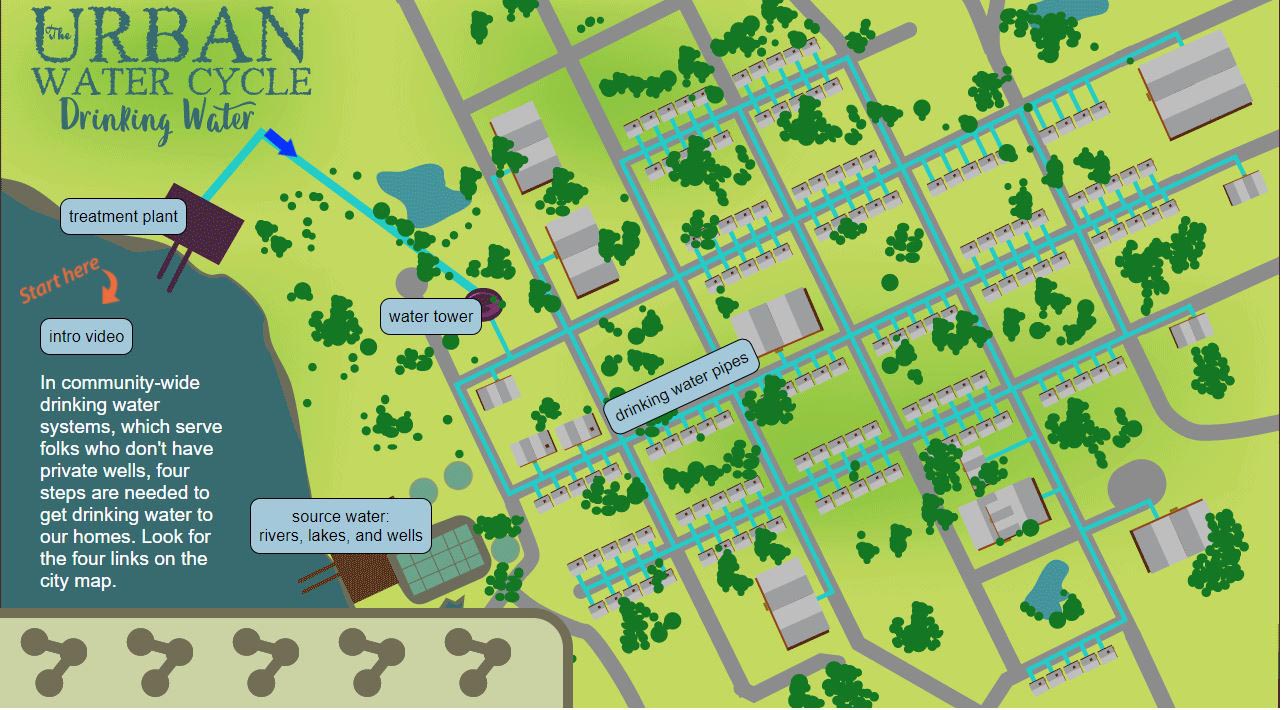
The Urban Water Cycle drinking water module has been updated and is now available on-line and on a multi-media gallery kiosk that will be on display at health fairs and other events around the state.
Developed in 2006 by the Minnesota Department of Health (MDH) and the Minnesota Section of American Water Works Association in conjunction with the Hamline University Center for Global Environmental Education, the module was originally available on-line and on a CD-ROM. The updated version is compatible with new devices and contains new features.
The Urban Water Cycle has received an education award from American Water Works Association and an award of merit from the Minnesota Association of Government Communicators. It has been used at the annual Drinking Water Institute for teachers and given to science teachers around Minnesota.
A link to the on-line version of the Urban Water Cycle is on the MDH Drinking Water Protection Section home page:
Urban Water Cycle Interactive Drinking Water Module
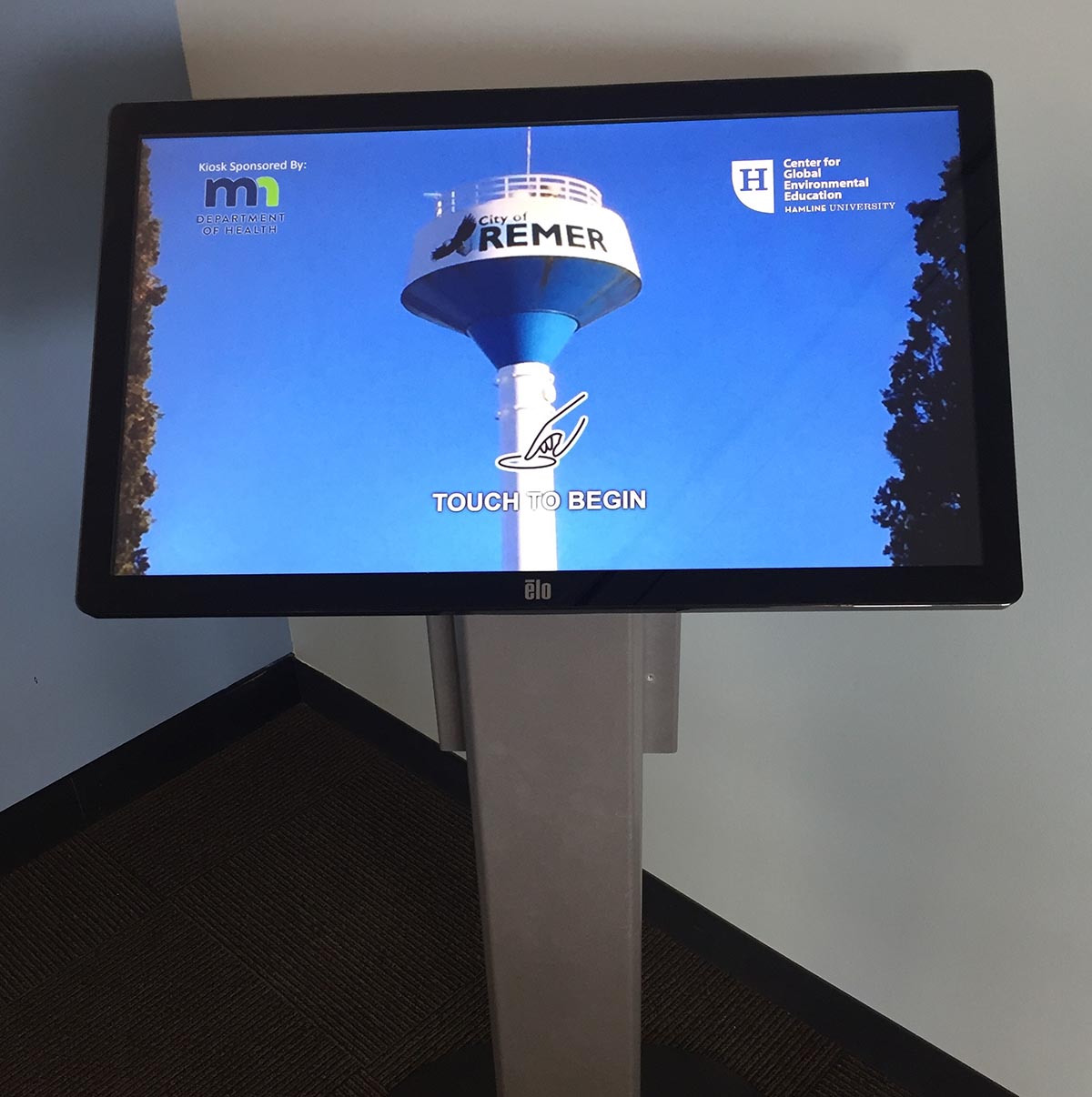
Go to top
Last Chance to Remain on Mailing List for Printed Copies of the Waterline
The Minnesota Department of Health Waterline newsletter will continue to be available on-line:
Readers can sign up for email notifications each time a new edition is put on the web:
Whereas many on-line subscribers have opted out of receiving printed copies in the mail, others have continued to receive them.
Beginning this fall, however, readers will have to opt-in to continue receiving a printed copy. Those who don’t will be dropped from the mailing list.
Readers may opt-in by sending their mailing label (or a copy of it) from a current Waterline to Stew Thornley, MDH, P. O. Box 64975, St. Paul, Minnesota 55164-0975.
Go to top
Drinking Water Institute Postponed until 2022
The Drinking Water Institute for Educators has been postponed for the second consecutive year and has been rescheduled for August 1-3, 2022 in Red Wing.
The Minnesota Department of Health and Minnesota Section of American Water Works Association have been conducting these institutes since 2001. Science teachers from around the state gather and develop action plans to create inquiry-based activities that they can integrate their existing science curriculum.
The Institute is free to Minnesota science teachers, who may receive two college credits for their participation. More information:
Water Works! A Drinking Water Institute for Educators
Go to top
Lewis & Clark Update
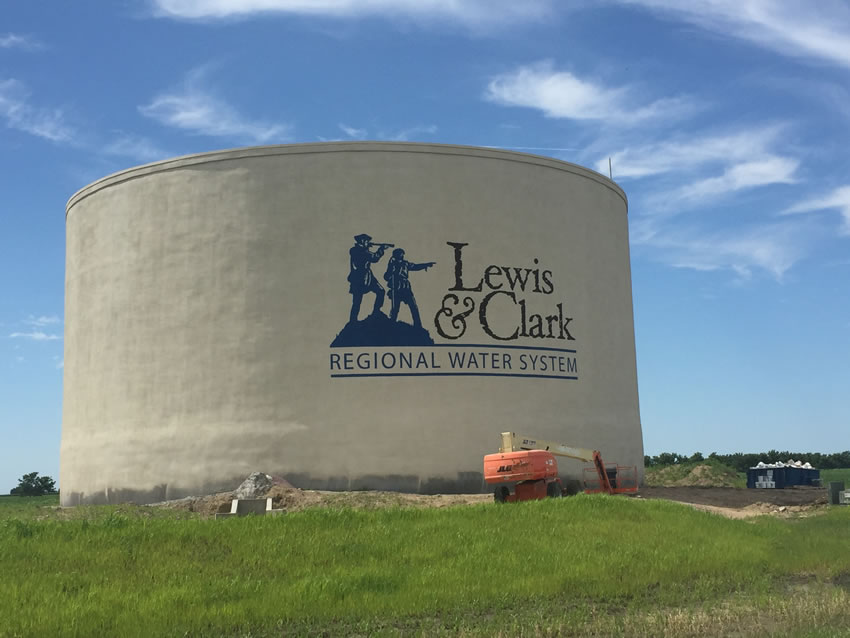
Although work in Minnesota is done, the Lewis & Clark Regional Water System (LCRWS) continues with the final 20 percent of the project in Iowa and South Dakota. LCRWS recently learned that it will receive $17.5 million in federal funding for fiscal year 2021 for ongoing construction.
Conceived in 1988 as a way of serving water-challenged areas in South Dakota, Iowa, and Minnesota, Lewis & Clark takes water from a series of wells from an aquifer adjacent to the Missouri River near Vermillion, South Dakota, and delivers it to communities as far away as 125 miles.
Water first got to Minnesota in 2015, reaching Rock County Rural Water District. By the end of 2018, its journey through the state was complete with connections to its other Minnesota partners, including Worthington, Lincoln-Pipestone Rural Water System, Magnolia, Adrian, and Luverne.
The latest funding will be used to complete construction underway on a collector well in Vermillion and a water tower in Beresford, South Dakota. LCRWS executive director Troy Larson says that the construction with the FY21 funding will put the project at 86 percent complete.
Go to top
Florida Utility Dodges a Disaster with Prompt Response
An on-the-ball employee at the water treatment plant in Oldsmar, Florida, took charge when he saw strange activity on his computer screen. By itself, this wasn’t cause for alarm as staff often shared screens to monitor the facility’s operations. When it occurred again soon after, this time the cursor clicking through the plant’s controls, the employee knew something was wrong.
Platted by automobile pioneer Ransom E. Olds and originally called R. E. Olds on the Bay, Oldsmar is a city of approximately 14,000 people on the northern shore of Tampa Bay. A hacker had gotten into the city’s computer system and was trying to adjust the water system’s levels of sodium hydroxide, which could have created a chemical overfeed resulting in a water-quality issue that had the potential to cause harm. The employee returned the feed rate of the caustic chemical to normal settings and alerted his supervisor.
Although the quick actions of the Oldsmar operator avoided a serious situation, the cyberintrusion demonstrates how a utility’s software may be compromised and the havoc that could be created. It highlights the importance of water systems everywhere to take advantage of cybersecurity resources.
Minnesota Department of Health (MDH) engineer Jon Groethe notes that risk and resilience assessments are required for systems serving more than 3,300 people under America’s Water Infrastructure Act of 2018 (AWIA). The security coordinator for MDH’s Section of Drinking Water Protection, Groethe says completion of these assessments, due in June for many systems, is an “ideal opportunity” to firm up security practices to guard against cyber and other security threats.
Any kind of suspicious activity should be reported to the state duty officer (800-422-0798), who will notify the FBI and also connect the system with the MDH on-call system.
“The Oldsmar incident has drawn a lot of attention to our water sector, more than what we’re used to,” Groethe explained. “To protect ourselves from potential copycat actors, water systems relying on SCADA and other automated controls need to conduct a top-down, all-around look at their cyber security capabilities. This means firewalls, user-verification, in-plant control redundancy, and all inter-operability software.”
More cybersecurity resources:
Drinking Water and Wastewater Resilience
AWWA Resources on Cybersecurity
Go to top
We Are Water Minnesota Travels to Hmong Plaza in St. Paul
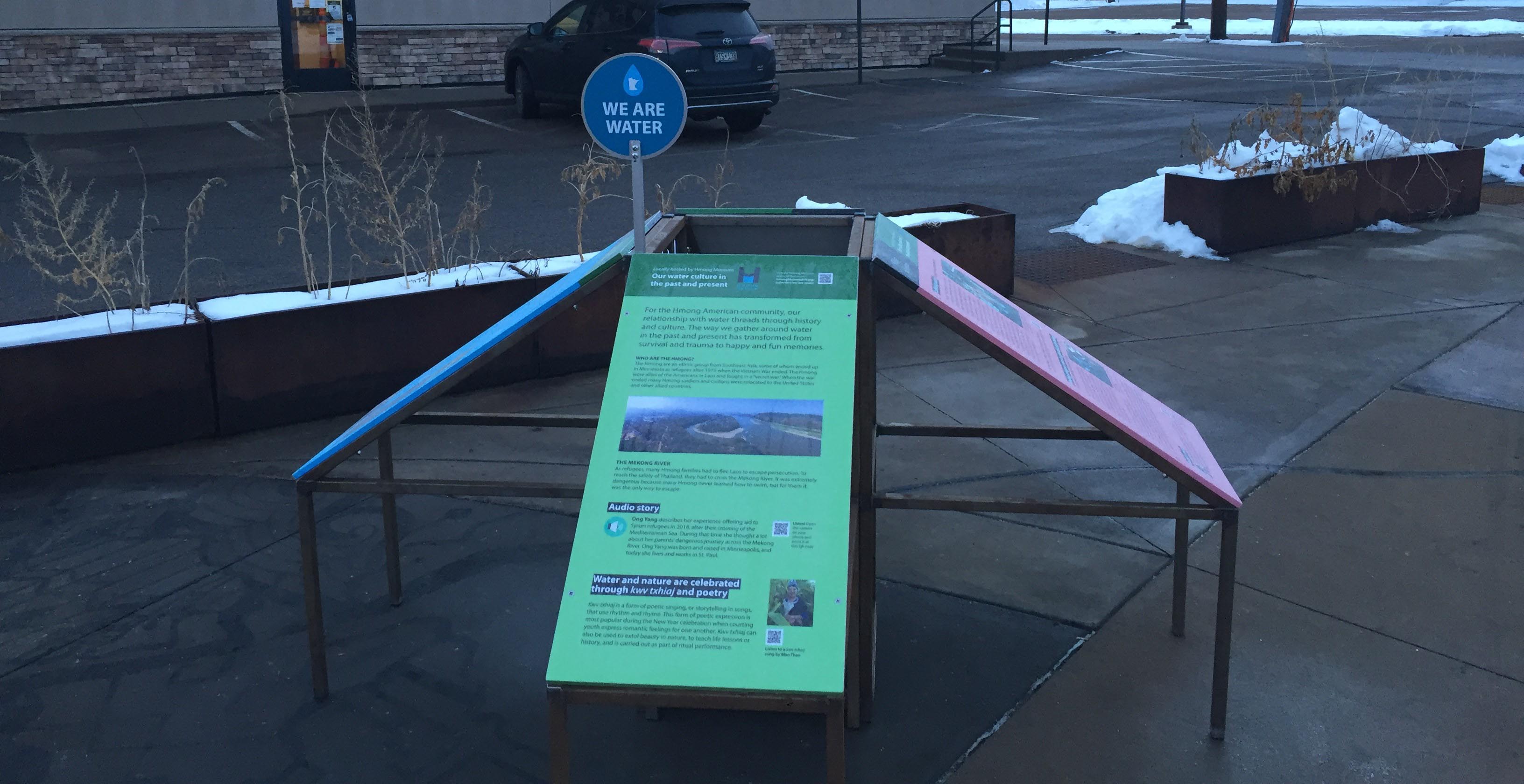
The We Are Water Minnesota exhibit, which traveled the state in 2018 and 2019, had an outdoor home over the winter. With the COVID-19 exhibit restricting outdoor activities, We Are Water Minnesota and the Hmong Museum partnered to make it accessible on the Little Mekong Plaza on University Avenue, near the capitol in St. Paul. The exhibit explores connections between the humanities and water through displays, public events, and educator resources. The latest exhibit shared facts and stories about Minnesota waters and Hmong connections, with Hmong water culture being a special focus. As described by the Hmong Museum, “The Hmong American community’s relationship with water threads through history and culture. The way we gather around water in the past and present has transformed from survival and trauma to happy and fun memories.”
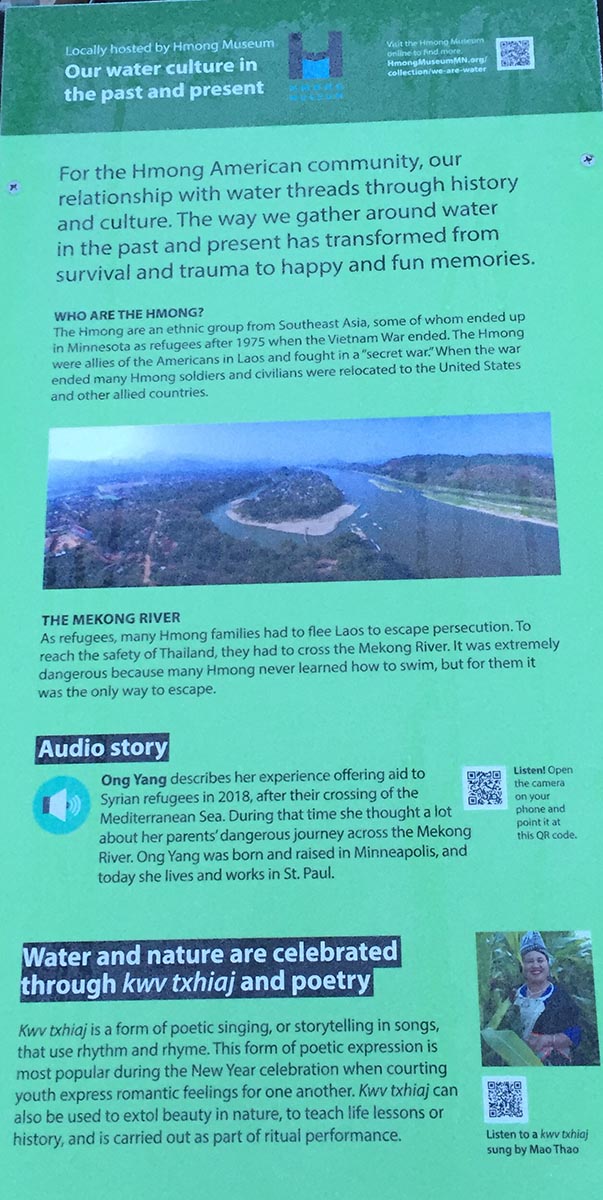
Go to top
Alvine Laure Ekame Joins MDH Section of Drinking Water Protection
Alvine Laure Ekame is the new strategic initiative planner and communications coordinator within the MDH Community Water Supply Unit in the Drinking Water Protection Section. She has been with MDH in its Community Health Division’s Section of High Consequence Infectious Disease with the Emergency and Preparedness Division.
Alvine Laure’s hobbies include photography, cooking, reading, and traveling. She has been to 38 states and three Canadian provinces as well as France, Belgium, Holland, and several countries in Africa. She lives in Dakota County.
Go to top
WUTT Is Underway
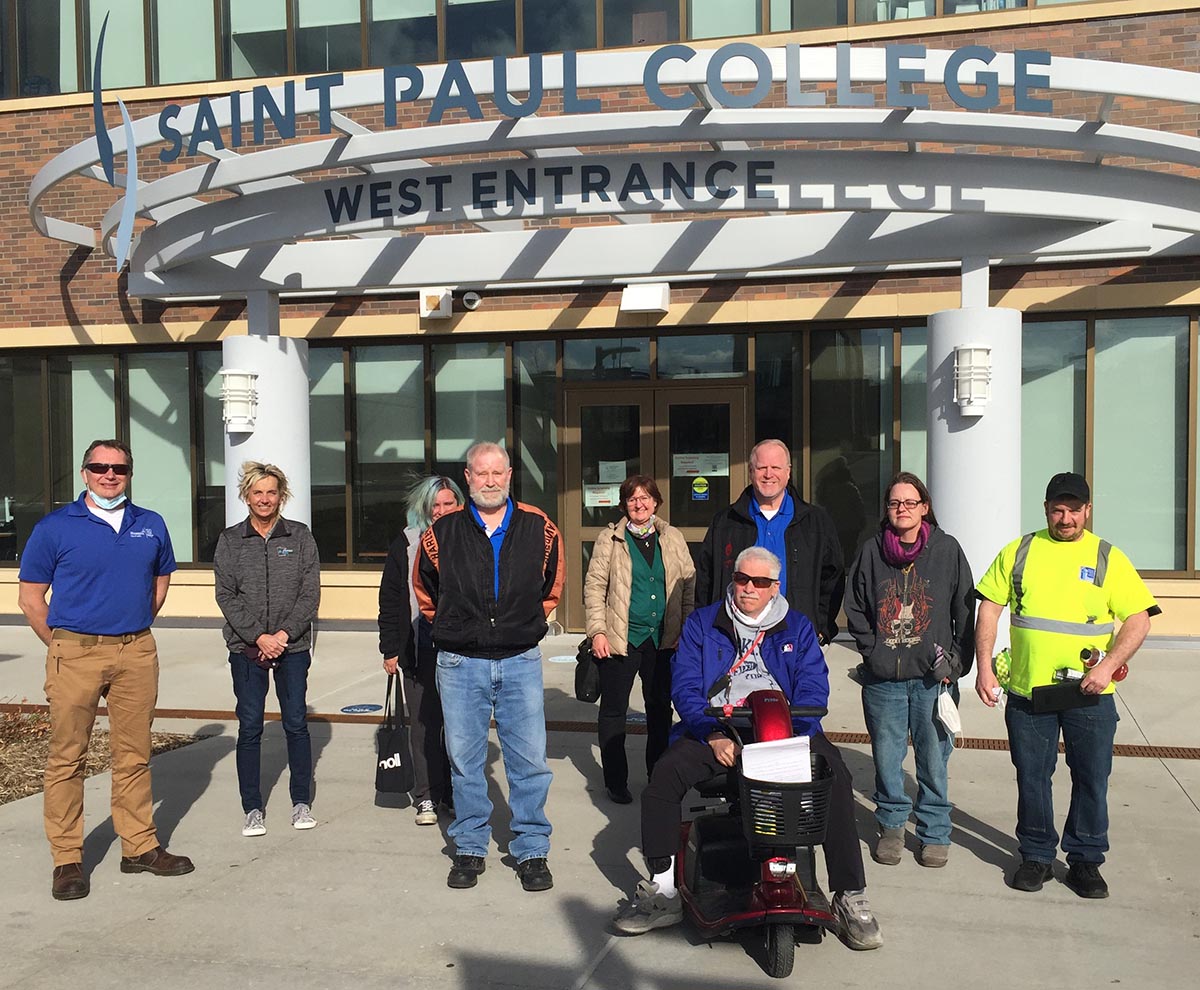
The Water Utilities Treatment & Technology (WUTT) program lifted off March 9 with 12 students. WUTT is a series of non-credit water and wastewater modules taught at St. Paul College. The need to serve students in the Twin Cities area came about after St. Cloud Technical College ended a satellite program for water environment technologies that had been held at the Eden Prairie water plant for approximately 20 years. The closing brought concerns about how to recruit and educate potential employees for water systems in the metropolitan area. Students who complete the modules will be able to get water operator licenses and jobs with water utilities. Organizers of the program and some of the students gathered at St. Paul College in late March.
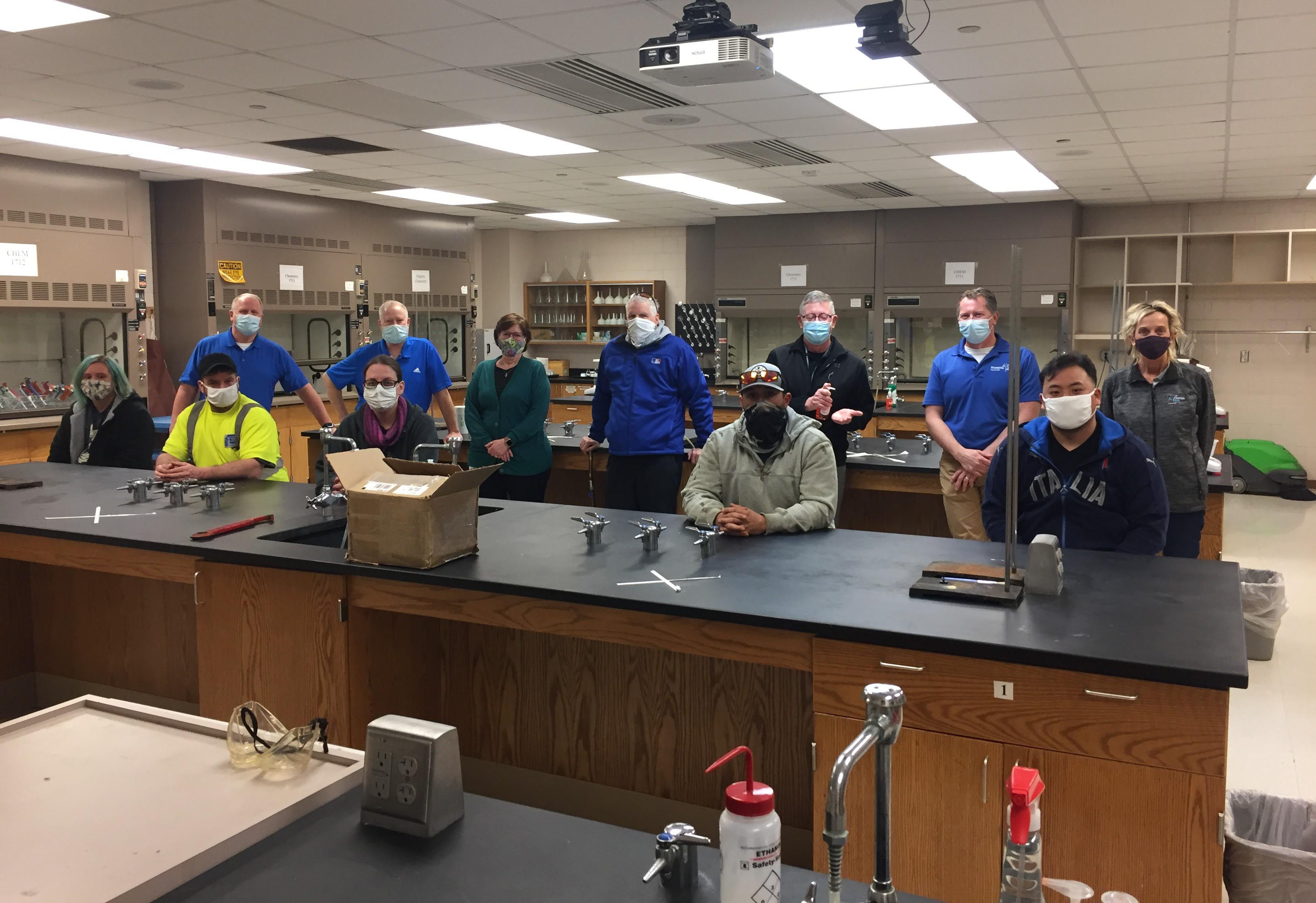
Go to top
Ponder This Purported Paradox
An admonition often given to his students by Max Utsler, an associate professor emeritus at the University of Kansas (and now an official scorer for Major League Baseball):
You are 100 percent accurate but completely wrong.
Go to top
Reminder to All Water Operators
When submitting water samples for analyses, remember to do the following:
- Take coliform samples on the distribution system, not at the wells or entry points.
- Write the Date Collected, Time Collected, and Collector’s Name on the lab form.
- Attach the label to each bottle (do not attach labels to the lab form).
- Include laboratory request forms with submitted samples.
- Do not use a rollerball or gel pen (the ink may run).
- Consult your monitoring plan(s) prior to collecting required compliance samples.
Notify your Minnesota Department of Health district engineer of any changes to your systems.
If you have questions, call the Minnesota Department of Health contact on the back of all sample instruction forms.
Calendar
Operator training sponsored by the Minnesota Department of Health and the Minnesota AWWA will be held in several locations this spring.
Register for schools and pay on-line:
Go to top